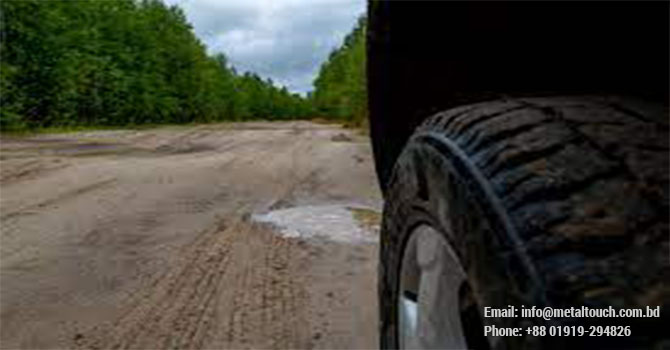Rubber industry: Rubber has a long and fascinating history, dating back to ancient civilizations. The earliest known use of rubber was by the Olmec civilization in Mesoamerica, which flourished from 1200 to 400 BC. The Olmec used rubber to make balls for their ritual ball game, which was played on a large court with two stone hoops at either end.
Other ancient civilizations that used rubber include the Maya and the Aztec. The Maya used rubber to make a variety of items, including shoes, sandals, and waterproof clothing. The Aztec also used rubber for a variety of purposes, including making balls for their own ritual ball game, as well as making waterproof containers and footwear.
In the 16th century, European explorers first came into contact with rubber when they arrived in the Americas. The explorers were amazed by the properties of rubber and brought samples back to Europe.
In the 18th century, scientists began to experiment with rubber and develop new ways to use it. In 1735, the French explorer Charles Marie de La Condamine published a paper describing the properties of rubber and its potential uses. La Condamine’s paper sparked interest in rubber throughout Europe, and scientists began to develop new ways to produce and process it.
In the early 1800s, Charles Macintosh invented a process for waterproofing fabric using rubber. This process led to the development of raincoats and other waterproof clothing.
In 1839, Charles Goodyear invented the vulcanization process, which made rubber much more durable and heat-resistant. This invention revolutionized the rubber industry and led to the development of a wide range of new rubber products, including tires, hoses, and belts.
In the late 19th century, the demand for rubber increased dramatically as new uses were found for the material. Rubber was used to make tires for bicycles and automobiles, as well as insulation for electrical wires and cables.
In the 20th century, the rubber industry continued to grow and new rubber products were developed. Synthetic rubber was invented in the early 20th century, which helped to meet the growing demand for rubber during World War II.
Today, rubber is used in a wide range of products, including tires, hoses, belts, seals, gaskets, insulation, and medical devices. Rubber is also used to make a variety of consumer goods, such as shoes, boots, gloves, balls, and toys.
Rubber is an essential material in the modern world, and its history is a fascinating story of human ingenuity and innovation.
Popular rubber industry in Bangladesh
The most popular rubber industry in Bangladesh is the tire industry. Bangladesh is home to a number of tire manufacturers, including Meghna Innova Rubber Co Ltd, Hussain Tyre, and Gazi Tyre. These companies produce a variety of tires for bicycles, motorcycles, three-wheelers, and light commercial vehicles.
Bangladesh also has a growing rubber glove industry. Rubber gloves are used in a variety of industries, including healthcare, food processing, and manufacturing. Some of the major rubber glove manufacturers in Bangladesh include Marigold Industrial Gloves Limited and Beacon Pharmaceuticals Limited.
Boost Rubber Performance with Our Premium Zinc Oxide
What are the challenges facing the rubber industry in Bangladesh?
The rubber industry in Bangladesh faces a number of challenges, including:
- Low productivity: The rubber industry in Bangladesh is still relatively underdeveloped, and productivity is low. This is due to a number of factors, including the use of outdated cultivation and processing methods, as well as a lack of skilled workers.
- Fluctuating prices: The price of rubber is volatile and can fluctuate significantly. This can make it difficult for rubber farmers and businesses to plan and invest.
- Lack of government support: The government of Bangladesh has not provided much support to the rubber industry. This lack of support has made it difficult for the industry to develop and grow.
- Competition from other countries: Bangladesh faces competition from other rubber-producing countries, such as Malaysia, Indonesia, and Thailand. These countries have more developed rubber industries and produce higher quality rubber.
In addition to these challenges, the rubber industry in Bangladesh is also facing the following challenges:
- Climate change: Climate change is having a negative impact on rubber production in Bangladesh. Extreme weather events, such as droughts and floods, are becoming more common and are damaging rubber plantations.
- Pests and diseases: Rubber trees are susceptible to a number of pests and diseases. This can reduce rubber production and increase costs for rubber farmers.
- Lack of research and development: There is a lack of research and development in the rubber industry in Bangladesh. This lack of research and development is making it difficult for the industry to improve productivity and produce higher quality rubber.
Despite these challenges, the rubber industry in Bangladesh has the potential to grow and develop. The government of Bangladesh has recognized the potential of the rubber industry and has taken some steps to support it, such as providing subsidies for rubber farmers and investing in rubber research and development.

